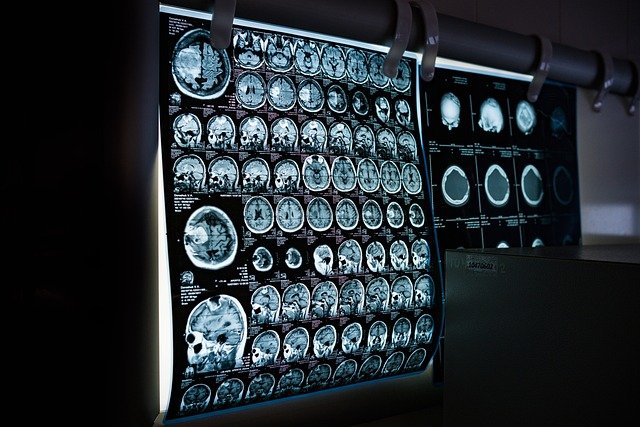"Steering into the Future: The Intricacies of Advanced Steering Systems"
As automobiles become more sophisticated, one component that has undergone significant transformation is the steering system. While the basic function remains the same - to control the vehicle's direction - modern steering systems have evolved to provide a more precise, comfortable, and safer driving experience.

The Evolution of Steering Systems
The history of automotive steering technology provides a fascinating glimpse into how necessity and innovation drive development. The earliest cars were steered with a tiller, akin to a ship’s helm. However, as speeds increased, this approach became impractical due to the physical strength required. This led to the invention of the gear-and-pinion steering system in the early 1900s.
With the advent of power steering in the mid-20th century, driving became significantly less strenuous. The system uses hydraulic or electric assistance to reduce the effort needed to turn the steering wheel, making driving more comfortable and safer.
Modern steering systems have taken this a step further with ‘adaptive steering.’ This technology adjusts the steering ratio depending on the vehicle’s speed - at low speeds, it increases the steering ratio for easier maneuvering, while at high speeds, it reduces the ratio for better stability.
Current Trends and Insights
The automotive industry is currently focused on enhancing steering systems to increase safety, comfort, and fuel efficiency. One trend is the integration of steering systems with advanced driver-assistance systems (ADAS). For instance, lane-keeping assist uses the steering system to correct the vehicle’s path if it detects an unintentional lane departure.
Another emerging trend is ‘steer-by-wire’ technology, which eliminates the mechanical link between the steering wheel and the wheels. Instead, the driver’s inputs are transmitted electronically, allowing for more precise control and freeing up interior space.
Impact and Challenges
The advancements in steering technology have undoubtedly made driving safer and more comfortable. However, they also present challenges. For instance, the complexity of these systems can lead to higher maintenance and repair costs. Moreover, as steering becomes more automated, there is a risk that drivers may become over-reliant on these systems and less attentive to the road.
Conclusion
Steering systems have come a long way from the rudimentary tiller systems of the early automobiles. As we steer into the future, it is clear that this crucial component will continue to evolve, driven by the relentless pursuit of safety, comfort, and efficiency. But as we embrace these advancements, it is also vital to remember the role of the driver and ensure that technology complements rather than replaces their skills.




